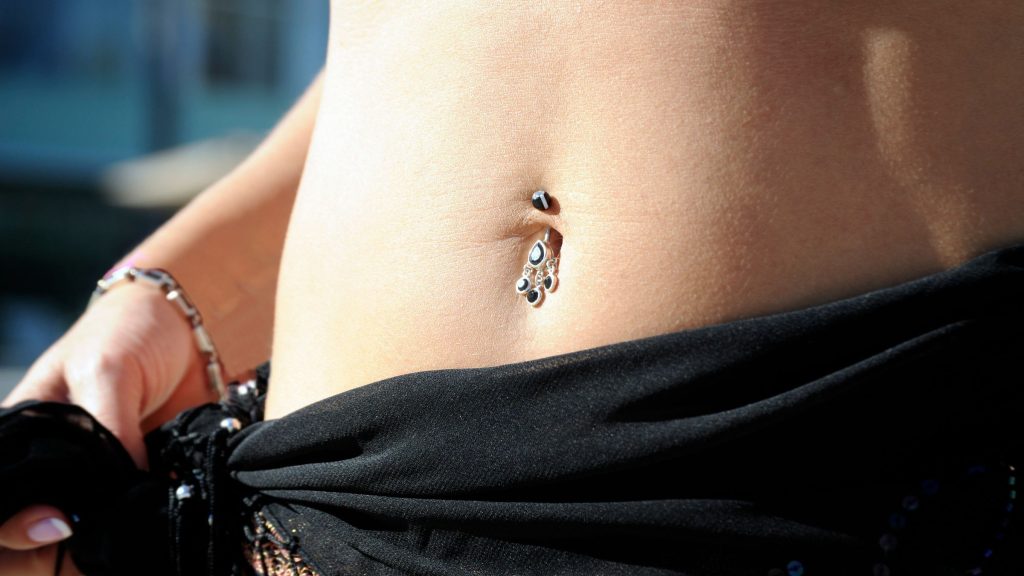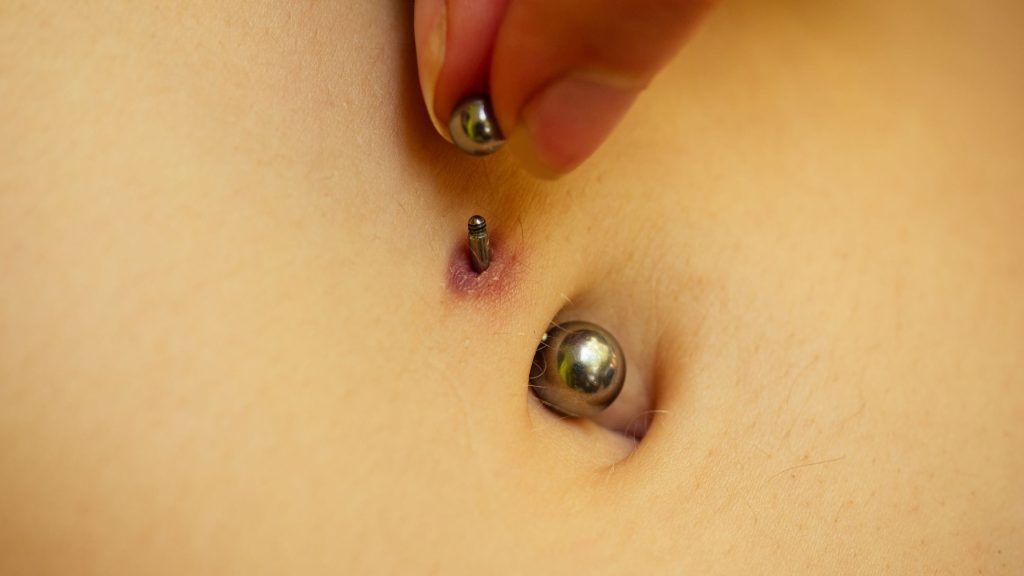
Belly button piercings are a popular form of self-expression. Usually, they are harmless if proper aftercare is followed, but infected belly button piercings can occur if the piercing is not taken care of as it should be. It could be a frightening experience, but once you have the right knowledge and take proper action, you can treat the infection without too much fuss. This blog will explore how to identify and treat navel infection and when to seek medical attention.
Understanding the Healing Process

Before going further, one must know that a navel piercing takes up to a year or more, roughly nine months to a year, to heal. Within this period, it is prone to infections if it comes across unhygienic conditions or poor aftercare. An old piercing can also get infected in case of injury, like getting tugged by a particular type of clothing.
Symptoms of an Infected Belly Button Piercing
If you recently got a new navel piercing, you are expected to experience mild symptoms, including swelling, redness, or slight discolouration; clear discharge may come from the piercing and occasionally crust up. These symptoms should gradually get better as the piercing heals. However, If you are experiencing any of the following signs, you might have an infection:
Intense swelling and redness: If the area around the piercing is very swollen, red, and painful, this may be a sign of infection.
Discoloured discharge: Foul-smelling yellow, green, grey, or brown discharge is a sign of an infection.
Red streaks: Lines of red extending from the site of the piercing could indicate an infection that has spread.
Systemic symptoms include fever, chills, dizziness, nausea, or vomiting. These symptoms mean the infection is severe and may spread beyond your piercing site.
Things to do for an infected belly button:
If you think that your belly button piercing might be infected, here are some things that you can try.
Keep the Hole Open
Do not remove the jewellery yourself until advised by a healthcare professional; leaving the piercing open will allow for drainage of the pus and the infection. If you close it before the infection has healed, the infection may get locked inside your body and create an abscess.
Clean the Piercing
Proper cleaning is essential for both prevention and treatment of infections. Clean the piercing area no more than twice daily with a saltwater solution (1/2 tsp of sea salt in 1 cup of water). Mild antibacterial soap and water are also acceptable.
- First, wash your hands with antibacterial soap. Take a cotton swab dipped in the cleaning solution and gently clean the area around the piercing and the jewellery. After that, dry the area with a clean towel.
- Avoid using alcohol or hydrogen peroxide because it may cause skin irritation and obstruct the healing process.
Apply a Warm Compress
A warm compressor reduces swelling and may force the pus out of the infected area. Dip a clean washcloth in the warm water or salt solution, lay it on the infected area for some minutes, and then gently dry it.
Use an Antibacterial Cream
In any case of injury to the piercing, over-the-counter antibacterial cream should be used only with the advice of a dermatologist. For some piercings, these creams can irritate skin or block airflow to the piercing, worsening infection at times. Use cream only under the orders of a health professional.
When to See a Doctor
See a doctor if your symptoms are severe, worsening, or failing to improve with self-care. Get immediate medical care if:
Continued fever or nausea; Increasing pain or swelling; Red lines leading from the piercing site; or Yellow or green discharge or pus. A doctor may prescribe an antibiotic ointment like mupirocin (Bactroban) or oral antibiotics to fight the infection.
The most effective way to avoid an infected navel piercing is by pursuing proper aftercare right from the beginning. Having a good piercer who follows strict hygiene practices and ensures the jewellery is made from safe metals, such as surgical steel, solid gold, niobium, titanium, or platinum, will reduce the chances of allergic reactions.
Understanding the signs of infection and being able to take immediate action will help them effectively treat a navel piercing from infection and avoid complications. Keep it clean, and follow your piercer’s instructions for aftercare to ensure a smooth, healthy healing process.